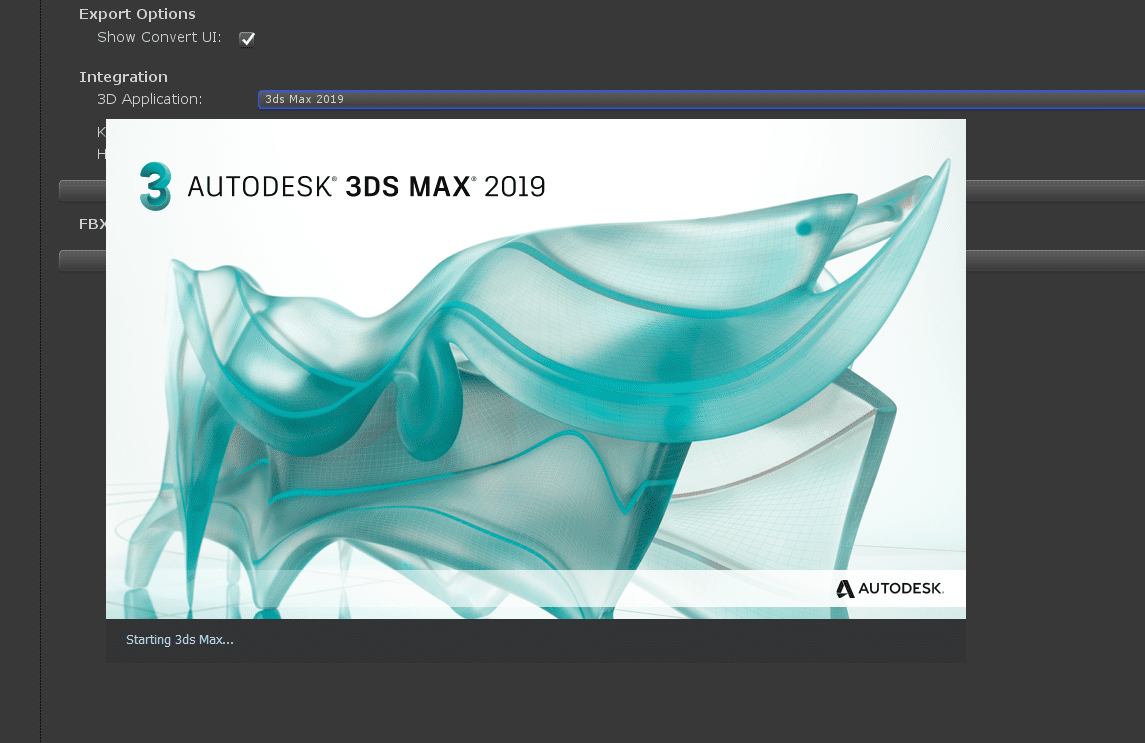
Smoothing - Check if you want smoothing groups and/or smooth mesh.Textures - Make sure your textures are sourced already from your Unity project or copied into a folder called \textures in your project.Blend Shapes / Morphing - Make sure your Blendshapes (Maya) or Morph targets (Max) are assigned / set up the export mesh appropriately.Animation - Select the correct rig, check frame rate, animation length etc.Meshes - Remove construction history, Nurbs, Nurms, Subdiv surfaces must be converted to polygons - e.g.but only export the data you need with export selected, an export preset or even a custom scene exporter. Good working practice often means keeping a working file with all lights, guides, control rigs etc.Make sure you are exporting only the objects you want to use from your scene by either exporting selected, or removing unwanted data from your scene.Applications often let you export selected objects or a whole scene.meshes, cameras, lights, animation rigs, etc. Select > Prepare > Check Settings > Export > Verify > Import What do you want to export?īe aware of export scope e.g. Use these guidelines to help ensure the best results. It sounded like it was just a bit of c# that modifies object names on import so shouldn’t be too hard to work out.Unity supports FBX files which can be generated from many popular 3D applications.

That was written by someone else though so I couldn’t tell you exactly how it works.

I wouldn’t call this a super elegant solution by any means but it certainly works :).Īnother way to get rid of the namespaces which we have used before is to strip them in the unity asset pre-preocess as patconnole suggested.

Obviously this method also relies on you having a method of finding the export skeleton file based on the rig currently being processed. Getting rid of namespaces can also be handled during this pre-export stage by using the “defaultNamespace” flag when referencing in the export skeleton (although doing this relies on there being no clashing names already existing in the root namespace otherwise objects will be renamed as they are brought in). Then after exporting you can remove the reference and that way it isn’t too destructive to the scene. The way I have dealt with this in the past is to reference in an unrigged version of the character’s export skeleton and connect it to the rigged one (via direct connections to rotate/translate or via constraints if that isn’t possible for some reason) and then export with the FBXExportBakeComplexAnimation flag you mentioned before.

It would be pretty useful if they had options in the FBX exporter to strip namespaces and parent transforms but so far I don’t think there is. I’ve had to deal with this in the FBX export pipline also.


 0 kommentar(er)
0 kommentar(er)
